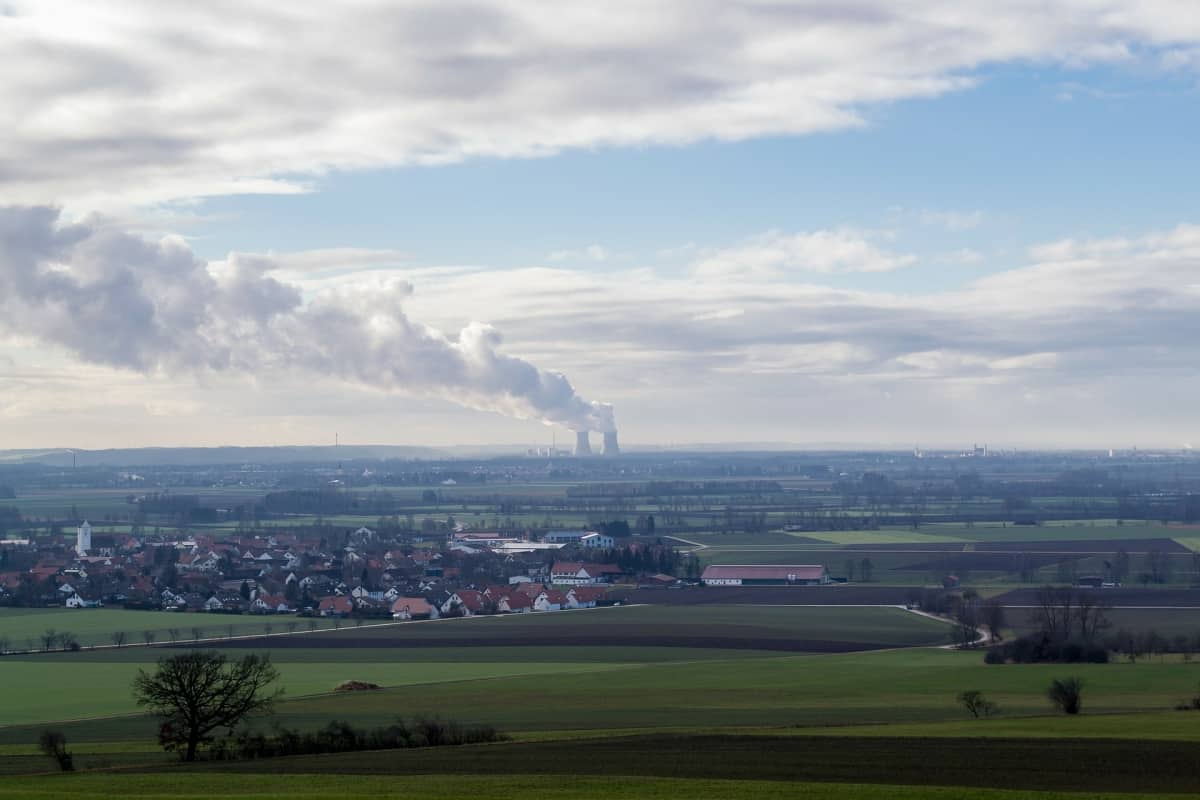
Most of the clicks on Innovation Origins this week went to the Start-up of the Month competition, where five European start-ups competed for this coveted title. This is logical, because next year the first Start-up of the Year will be chosen from the twelve monthly winners. However, since this competition has already been highlighted in another report, today the best read article deals with another subject that has been well covered in recent weeks. Namely the mysterious radioactive cloud that migrated across Western and Central Europe in October 2017. According to European scientists writing in the professional journal PNAS, it was inevitable that the cloud came from the Russian Majak factory. But how do you find out where such a cloud actually comes from? Read the subtitles in English on the following video.
In the Netherlands, the National Institute for Public Health and the Environment (RIVM) continuously measures the level of radiation and the amount of radioactivity in the air throughout the country. The least harmful form for people who keep track of the measuring posts, is alpha radiation. The particles are relatively large and do not penetrate your skin. You could breathe in these alpha particles and they would then be harmful to the mucous membranes in your lungs. More dangerous is beta radiation, as these particles do penetrate your skin and cause damage to the entire body. RIVM monitors this alpha and beta radiation at fourteen locations in the Netherlands.
Most dangerous radiation
The most dangerous form of radiation is gamma radiation, which the institute measures at over 165 different locations in the Netherlands. Unlike the first two forms, gamma radiation does not consist of particles but rather of electromagnetic waves that move at the speed of light. These waves can reach your body from hundreds of meters away and cause serious damage to you. In order to stop gamma radiation, you need a huge concrete wall.
The National Radioactivity Monitoring Network (as part of the RIVM), does issue a warning if there is too much radioactivity in the air. An alarm of this kind did not go off in 2017, even though the cloud carried 100 times more radiation than what was released during the nuclear disaster in Fukushima. Although by now the radioactivity has become so diluted that it has remained below the threshold level. In Vienna, a relatively high level of radioactivity was measured, although in reality this level barely added anything to the radiation that is already naturally present. In this case, we gained an extra 7 microsieverts as a result of the mysterious cloud, on top of the 2,500 microsieverts that we take in every year.
The National Radioactivity Monitoring Network is also connected to monitoring stations in other European countries. By comparing these measurements with each other, researchers are able to map out the journey of a radioactive cloud like that as well as its origin. Bert Wolterbeek is director of the Reactor Institute Delft, a research center at TU Delft. On the Dutch Radio 1 station this week, Wolterbeek once more gave an excellent description of how researchers work. “Measuring stations are located throughout Europe. So in order to find out where the source is, you have to combine all of the data. Rutheen-106 in this case. Although you will also be checking whether other substances are being recorded. At first it was thought that it was a reactor leak, but that was soon ruled out. So what is it then?”
Fingerprint
When fuel rods in a nuclear reactor have reached the end of their lifespan, we can dissolve the fuel and separate all the by-products caused by that process. “This results in a kind of fingerprint. You measure whatever is released during the production of a material, including any unintentional substances. By taking all this into account, you will be able to say something about where a material comes from.” This way, measuring stations all over the world not only measure whether there is too much radioactivity in the air, but are also able to monitor shadowy regimes in order to check whether they are not secretly building nuclear weapons. In this case, the fingerprint led to the factory in Majak, in Russia, the largest nuclear complex in the world.
Although other Dutch media sources also picked up the news about the Viennese investigation into the radioactive cloud, our Austrian correspondent Hildegard Suntinger was just too quick off the mark for them. That’s why people who googled ‘radioactive cloud’ often first clicked on Innovation Origins. And that’s why this story became our ‘best read’ of the past two weeks.

